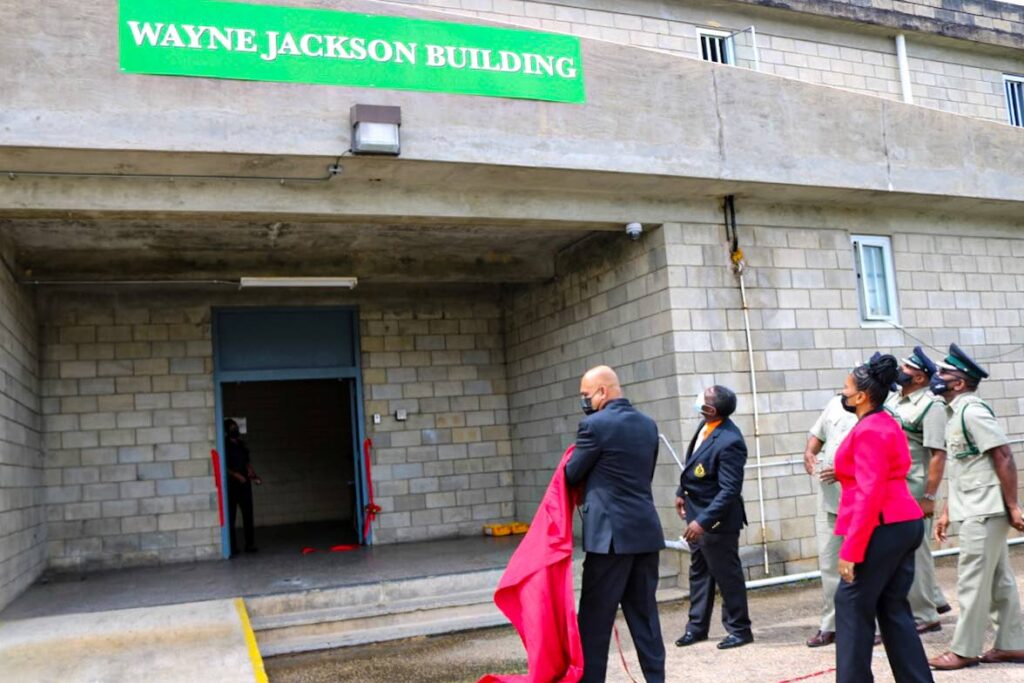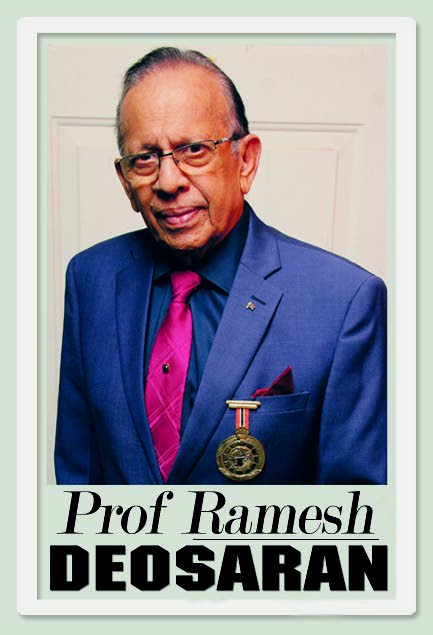Gangs, prisons and murders

Once again, the conditions, gangs, frustrations and public concerns over our prison system have arisen, this time triggered by the fatal shootings of prison officers and a reported “hit list.” Deputy Commissioner of Police McDonald Jacob said several people were being questioned regarding these two fatal shootings.
Prison Officers Association (POA) secretary Lester Walcott, declared last Tuesday: “Whatever we are doing is not working. We have a mandate to deal with high-risk, some of the most dangerous persons within a prison system who have far-reaching hands.”
POA president Ceron Richards said the association has had numerous meetings with “several ministers of national security and the attorney general in different governments but none yielded any results.” Richards now insists on meeting the National Security Council chairman, the Prime Minister.
Meanwhile Prison Commissioner Dennis Pulchan gave the assurance that his officers had controlled the recent protests at the Wayne Jackson Building (Building 13) and everything was "back to normal.”
Prisoners had been protesting the abuse, restrictions and conditions in this building. Pulchan denied officers abused prisoners, also denying prisoners were not fed, given spoilt meals, not allowed to bathe or get fresh air, etc.
”Propaganda is the tool of terrorists,” he said.
He admitted, however, that some officers smuggle cell phones and other items into the prison walls, a challenge, he said, he is seriously attending to.

Protests inside our prisons are nothing new. However, murdering prison officers inside or outside the prisons is a very serious matter. Why is this done, especially if allegedly done by or engineered by prisoners?
POA secretary Walcott added: “Most of them who are in Building 13 are leaders and heads of gangs and posing a direct threat as a means to gain some kind of control or sway National Security to move them out of certain situations.”
This country already has a growing gang problem. Putting gang members in jail or in remand yard ironically helps consolidate, even institutionalise the enterprise. Where present, complicity by prison or police officers is dangerous, mainly because of their complexity in membership, structure and purpose, gangs present authorities with very formidable challenges.
Numerous reports on “prison transformation” by previous prison commissioners (eg Cipriani Baptiste) and the bulk of other recommendations have repeatedly fallen by the wayside or enjoy shelf space. In a Facebook revelation last Wednesday, former justice minister Herbert Volney, regretting long trial delays for remand inmates, recalled how his Cabinet proposal “for four state-of-the-art judicial centres with 28 special criminal courts failed to materialise.” Another former UNC minister, Stephen Cadiz, last week recalled how the 2020 promises of gang reduction and prison reform by Attorney General Faris al-Rawi also failed to materialise.
Gangs are dangerous to the community (guns, drugs, etc.) and among themselves (turf wars, leadership rivalries, etc.) Gangs are not all the same, and therefore, the motivation to join a gang varies. Gangs are also diffused from one district to another and so embedded in the community that getting police support often becomes elusive.
The government has a slippery grip on gang numbers. In June 2005, the Ministry of National Security said we had 66 gangs with 500 members. In 2019, the Strategic Services Agencies said we had around 200 gangs with an average of 20 members per gang.
This year, the prison commissioner said gang formation and criminal activities are increasingly hatched in prison, especially among the 2,000 remand inmates. He noted the dangers inside and outside the prisons.
Given the organic nature of society, when it comes to gang formation and activities, three things are recommended:
1. Strategically linking prevention with suppression and rehabilitation measures.
2. Establishing a multi-agency approach to gang formation and reduction: in our case, with the ministries of Education, Social Development and Youth, police and prison service. You see, the police are mainly statute-bound for law enforcement. Social and educational agencies are vital links.
3. This multi-agency approach will create three levels of interventions – primary (root causes), secondary (causes and consequences), tertiary (treatment and rehabilitation). Law enforcement and punishment by themselves, though necessary, have limited sustainable success. Dealing with gangs as the end product is a never-ending act.
A related challenge is to find out why.


Comments
"Gangs, prisons and murders"